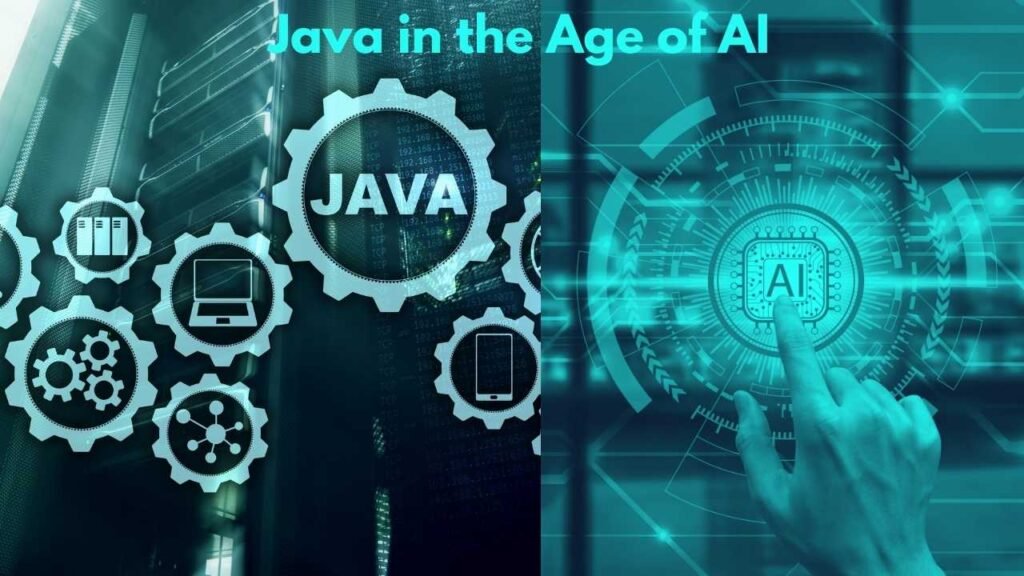Best IT Certifications for U.S. Professionals in 2025 | Boost Your Tech Career
Best IT Certifications for U.S. Professionals in 2025 | Boost Your Tech Career Discover the top IT certifications in the USA for 2025. From cloud to security to networking, explore which credentials add value — plus tips to choose wisely...




